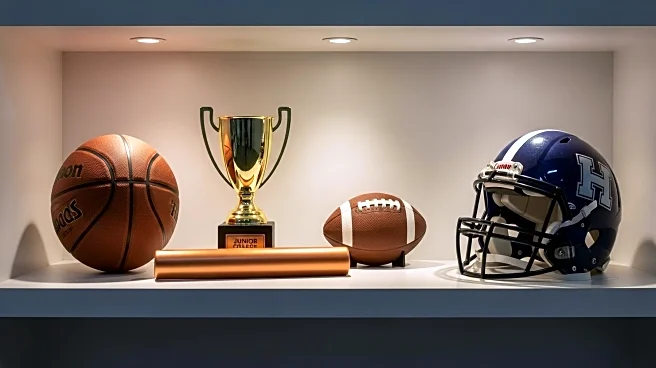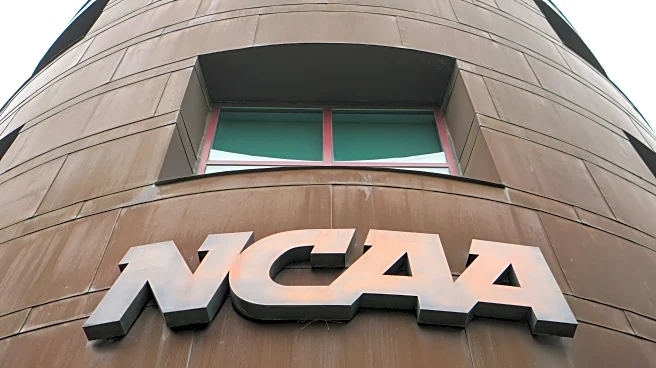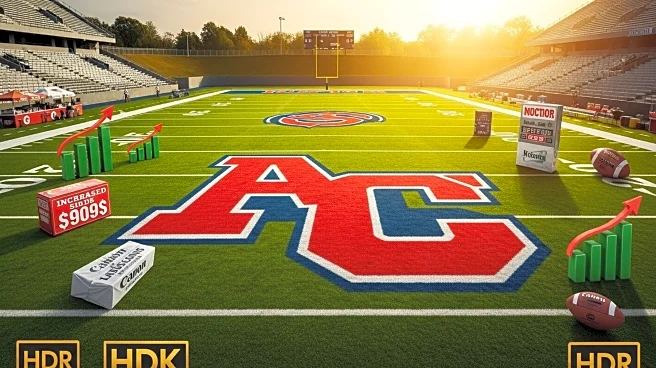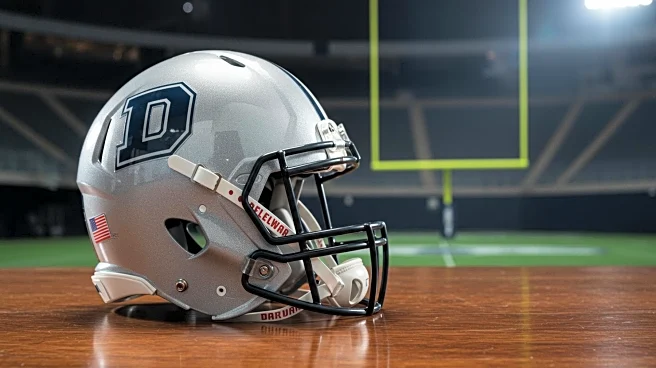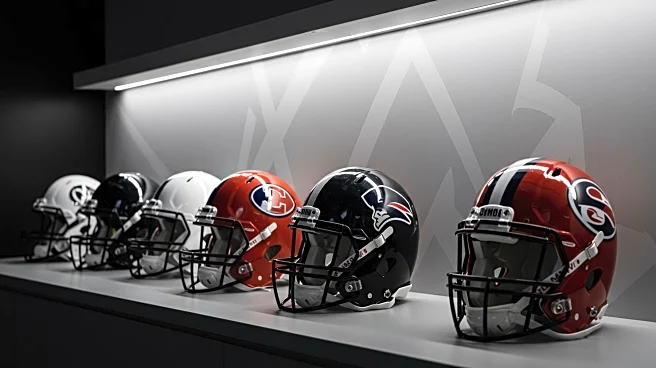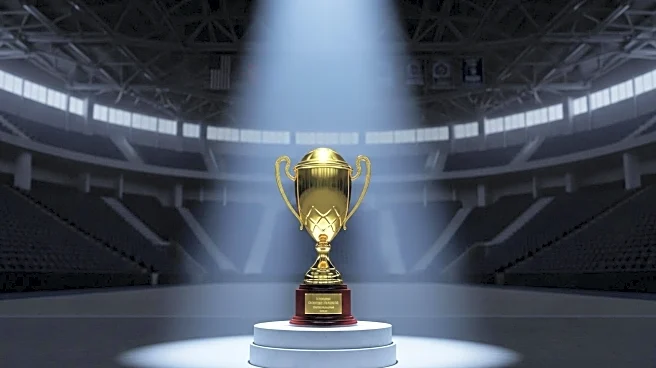What's Happening?
The NCAA is contemplating a rule requiring incoming Division I athletes to disclose name, image, and likeness (NIL) deals from high school or junior college. This proposal is part of the NIL Go clearinghouse established under a $2.8 billion House settlement. Athletes would need to report all non-institutional deals dating back to their junior year of high school or initial enrollment at a junior college. The rule aims to prevent pay-for-play arrangements between athletes and boosters or school-affiliated entities.
Why It's Important?
The proposed rule is significant as it seeks to regulate the burgeoning NIL market, ensuring transparency and fairness in athlete compensation. It addresses concerns about potential exploitation and pay-for-play schemes, which could undermine the integrity of college sports. By requiring disclosure, the NCAA aims to maintain a level playing field and protect athletes from undue influence. The rule could impact how athletes and institutions navigate NIL deals, potentially affecting recruitment and eligibility.
What's Next?
If implemented, the rule could lead to stricter oversight of NIL deals, with potential consequences for non-compliance, including loss of eligibility. The NCAA may face legal challenges, as the rule could be seen as restrictive by athletes and third parties. Institutions and athletes will need to adapt to new reporting requirements, which could influence recruitment strategies and athlete decision-making. The rule's development will likely involve consultations with stakeholders to address concerns and refine its implementation.
